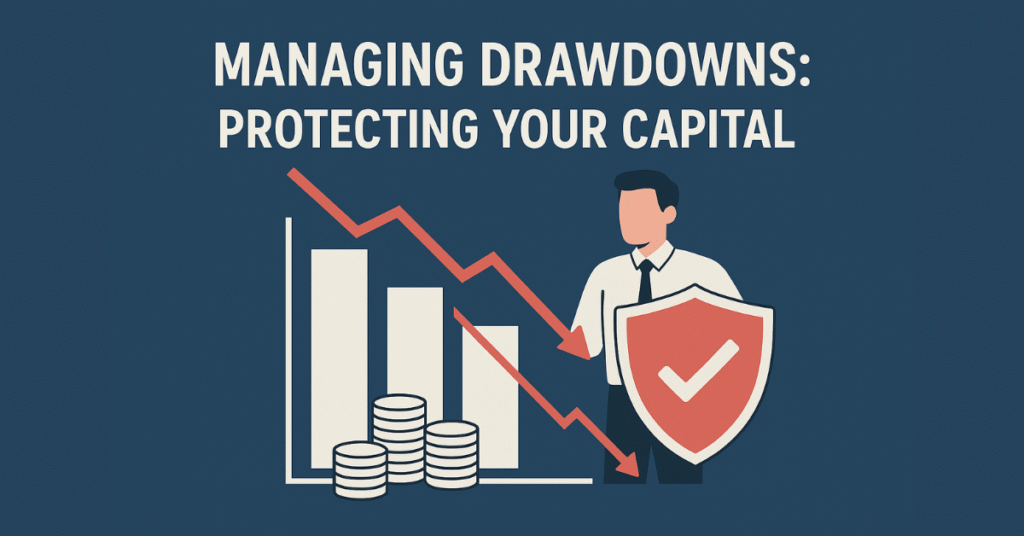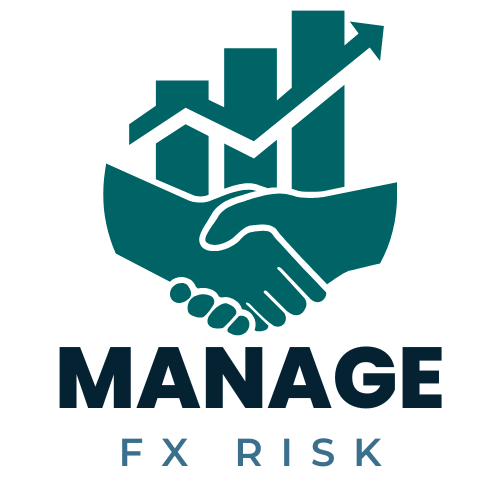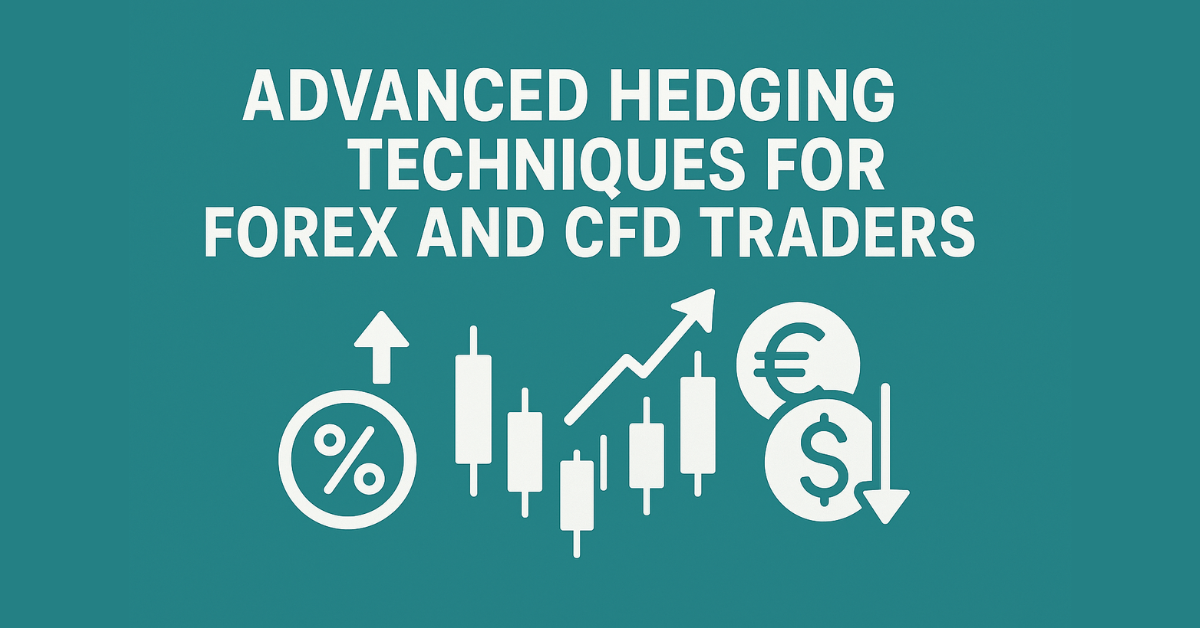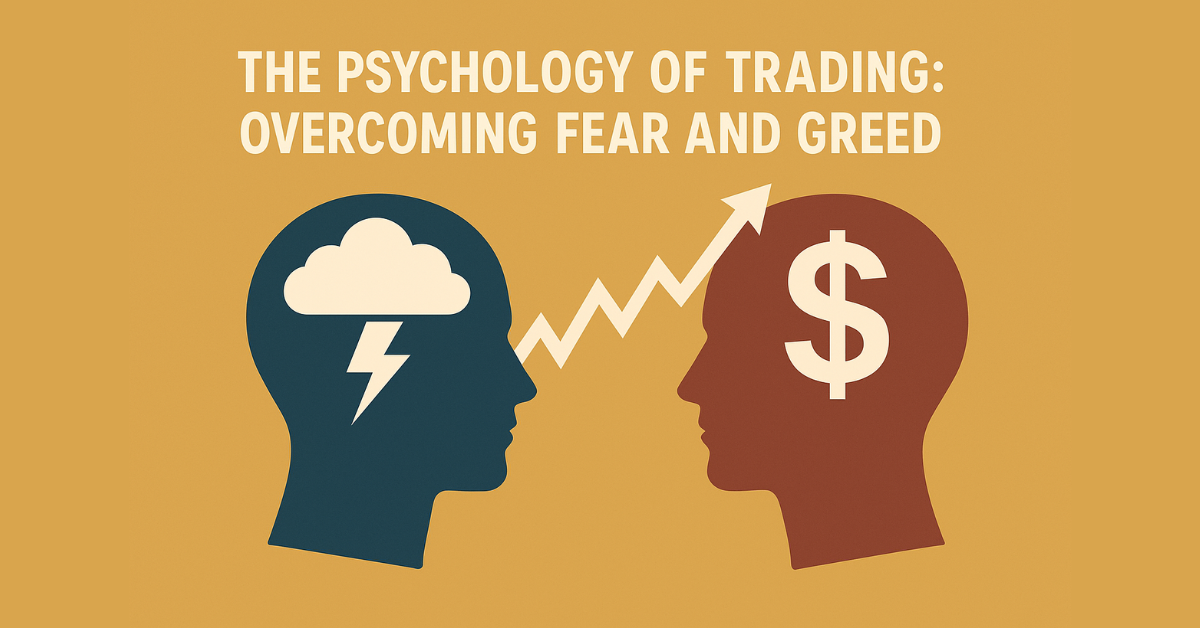
Introduction
Every trader dreams of steady profits, but no trading strategy wins every time. One of the most important skills for long-term success is managing drawdowns — the temporary declines in your trading account after a series of losses. Understanding how to protect your capital during these periods determines whether you stay in the market or lose your entire investment.
Many beginners ask, “How much money do I need to invest to make $1000 a month?” or “How to earn $1000 per day in the stock market?” The answer depends on your strategy, risk control, and ability to manage drawdowns. This guide explains what drawdowns are, why they matter, and how to manage them while setting realistic income goals.
What Is a Drawdown?
A drawdown is the drop in your trading balance from its highest point to its lowest point before a new high is reached. It shows how much of your capital you lose during a losing streak.
For example, if your account grows from $10,000 to $12,000 and then falls to $10,800, you have experienced a 10% drawdown. The smaller your drawdown, the easier it is to recover.
Drawdowns are normal in trading. Every trader faces them. What matters is how you manage the depth and recovery process.
Why Managing Drawdowns Matters
Managing drawdowns protects your ability to keep trading. When losses grow too large, traders often panic, stop following their plan, or take revenge trades to recover quickly. These reactions lead to even bigger losses.
Effective drawdown management helps you:
- Preserve capital for future opportunities
- Maintain emotional stability
- Continue trading with discipline
- Avoid overleveraging
By controlling losses, you create consistency, which is the key to earning steady income over time.To understand the foundation of risk management in forex, you can explore our comprehensive guide that explains how professionals protect capital across different market conditions.
Understanding Realistic Profit Expectations
Before you decide how much money to invest, it’s essential to set realistic expectations. Unrealistic goals can push you into taking excessive risks.
How Much Money Do I Need to Invest to Make $1000 a Month?
The amount of money you need depends on your average monthly return.
| Target Income | Monthly Return | Required Capital |
| $1000/month | 2% | $50,000 |
| $1000/month | 5% | $20,000 |
| $1000/month | 10% | $10,000 |
Most professional traders aim for 2–5% per month consistently. At that rate, you would need around $20,000 to $50,000 in trading capital to make $1000 a month without taking unnecessary risks.
How to Earn $1000 Per Day in the Stock Market
Earning $1000 per day is possible only for traders with large capital, often $100,000 or more, and years of experience. A 1% daily gain on a $100,000 account equals $1000. For smaller accounts, this target is unrealistic and dangerous.
Instead of chasing large daily profits, focus on consistent percentage gains. Compounding small returns over time leads to sustainable growth.
How Much Money Do Day Traders With $10,000 Accounts Make Per Day?
A day trader with a $10,000 account typically makes between $50 and $200 per day when consistent. This equals about 0.5% to 2% per day depending on market conditions and skill level. Some days bring losses, others bring gains. The goal is to remain profitable overall, not to win every day.
The Link Between Drawdowns and Profitability
Drawdowns and profits are directly connected. You cannot earn returns without exposing your capital to risk. The more you risk per trade, the deeper your drawdowns will be when you lose.
For example, a 10% drawdown requires an 11% gain to recover, while a 50% drawdown needs a 100% gain just to break even. That’s why experienced traders focus on controlling risk rather than chasing quick profits.Learning how to reduce risk in trading is essential for minimizing drawdowns and sustaining long-term profitability.
Key Strategies to Manage Drawdowns
Use Position Sizing Wisely
Limit your risk to 1–2% of total capital per trade. This principle forms part of core trading risk strategies that help traders preserve capital during volatile market phases.If you have a $10,000 account, risk no more than $100 to $200 on each trade. This rule keeps losing streaks manageable and protects your ability to continue trading.
Apply Stop-Loss Orders
Always use a stop-loss to automatically close losing trades. For example, if you buy a stock at $50, set a stop-loss at $48. If the price drops to $48, your position closes automatically, limiting your loss to 4%.
Diversify Trading Strategies
Don’t rely on one strategy or market. Mix trend-following, swing trading, and mean-reversion systems. Diversification reduces volatility and smooths performance.
Limit Leverage
Leverage increases both gains and losses. Using high leverage can lead to margin calls during drawdowns. Keep leverage low, especially if your trading plan is still being tested.
Track Performance Regularly
Maintain a trading journal. Record your trades, outcomes, and reasoning. Analyzing this data helps you identify what causes drawdowns and adjust your strategy before losses increase.
Psychological Management During Drawdowns
Drawdowns are as much psychological as they are financial. Emotional control separates long-term traders from those who quit early.
When losses happen, some traders overreact, increasing position sizes or abandoning their system. The best traders reduce exposure and focus on discipline.
Tips for staying calm during drawdowns:
- Accept losses as part of trading.
- Avoid trading immediately after a big loss.
- Review your trades objectively.
- Keep goals realistic and based on monthly or quarterly results.
Patience and consistency protect your capital more than any single trade.To develop better discipline and understand methods for managing trading losses, refer to our main Forex Risk Management guide.
How Social Trading Helps Manage Drawdowns
Social trading allows traders to follow or copy experienced professionals. It creates a transparent environment where beginners can learn and manage risk effectively.
Benefits for beginners:
- Access to proven strategies
- Real-time performance insights
- Lower emotional pressure
- Structured learning
Benefits for companies:
- Stronger community engagement
- Transparent performance data
- Easier strategy sharing
- Scalable platform growth
Social trading gives new traders a chance to learn disciplined risk management by observing professionals who keep drawdowns small and controlled.
Calculating Risk vs. Reward
Every profitable trader understands the risk-to-reward ratio. It shows how much you stand to gain compared to how much you could lose.
If you risk $100 to earn $300, your ratio is 1:3. Even if you win only 40% of your trades, you can still be profitable. Maintaining a positive risk-to-reward ratio is essential for surviving drawdowns and achieving long-term growth.
Building a Drawdown Recovery Plan
When your trading account drops, recovery requires patience and structure.
Steps to recover effectively:
- Stop trading temporarily and review your results.
- Identify whether the losses were caused by errors or changing market conditions.
- Reduce position size when you return to trading.
- Test any changes to your system on historical data before going live.
- Set tighter risk limits to prevent repeating the same mistake.
Recovery is a gradual process. Trying to win back everything at once usually leads to deeper losses.
Compounding and Long-Term Growth
Compounding is one of the simplest ways to build wealth steadily. Small, consistent profits grow significantly over time when reinvested.
For example, a 3% monthly return on $10,000 becomes $15,579 in 15 months. The same return on $50,000 becomes $77,895. Small percentage gains repeated over time outperform high-risk, short-term strategies.
Common Mistakes That Lead to Deep Drawdowns
- Trading without stop-losses
- Using excessive leverage
- Ignoring risk-to-reward ratios
- Increasing trade size after losses
- Relying on unverified signals or emotions
Avoiding these mistakes can protect your capital more effectively than finding new indicators or systems.
Case Study: Two Traders, Different Results
| Trader A | Trader B |
| Risks 1% per trade | Risks 5% per trade |
| Average return 3%/month | Average return 3%/month |
| 5 losing trades = 5% drawdown | 5 losing trades = 25% drawdown |
| Needs 5.3% gain to recover | Needs 33.3% gain to recover |
Both traders earn the same percentage return, but Trader A survives longer because of better risk management. This example shows that protecting capital is more valuable than increasing profit targets.
Conclusion: The Path to Sustainable Trading
Managing drawdowns is about control, not avoidance. Every trader faces losing periods, but how you handle them defines your success. Traders who focus on risk control and realistic income goals are the ones who last.
To make $1000 a month trading, focus less on chasing returns and more on:
- Limiting drawdowns
- Managing risk consistently
- Controlling emotions during losses
- Learning from performance data
Use social trading platforms or structured trading plans to build discipline. Long-term success in trading comes from steady progress, clear strategies, and strict capital protection.For a complete breakdown of risk management in forex and advanced approaches to capital preservation, read our Comprehensive Guide to Forex Risk Management: From Basics to Advanced.






